The steel market in East Asia is navigating through a period of uncertainty, influenced by a range of factors including China's production constraints and economic stimuli, as well as global demand and supply imbalances.
At the beginning of January, steel producers in China, South Korea, and Taiwan faced pressure from rising raw material costs and consequently raised their price offers. However, this upward trend was short-lived and quickly subsided.
Regional distributors halted their purchases due to concerns about their ability to pass on the high costs to their supply chains, adopting a "wait-and-see" approach. As February approaches, a notable decrease in trading activity has been observed.
Many companies associated with China either reduced their commercial activities or decided to remain closed until the end of February.
Steel prices are expected to remain under pressure due to high raw material costs. However, any increase in demand or price hikes may be short-lived, as weak end-user demand in the region suggests limited prospects for significant improvement in steel consumption.
Economic stimuli and temporary production constraints in China could trigger short-term price pressures. However, the long-term impacts of these measures remain uncertain.


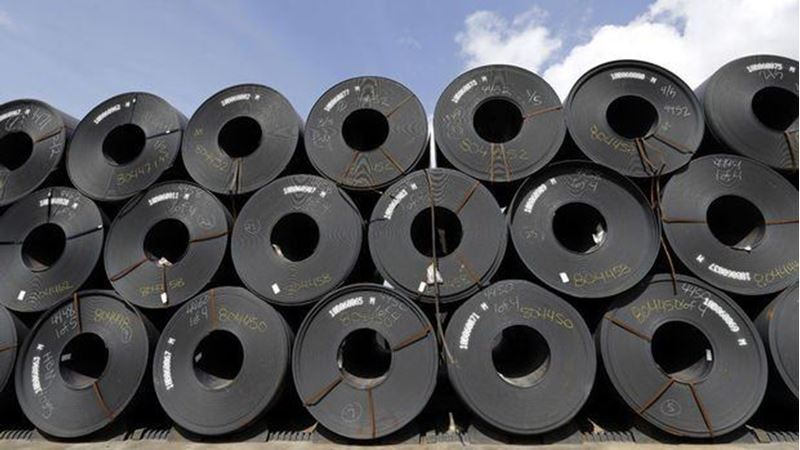

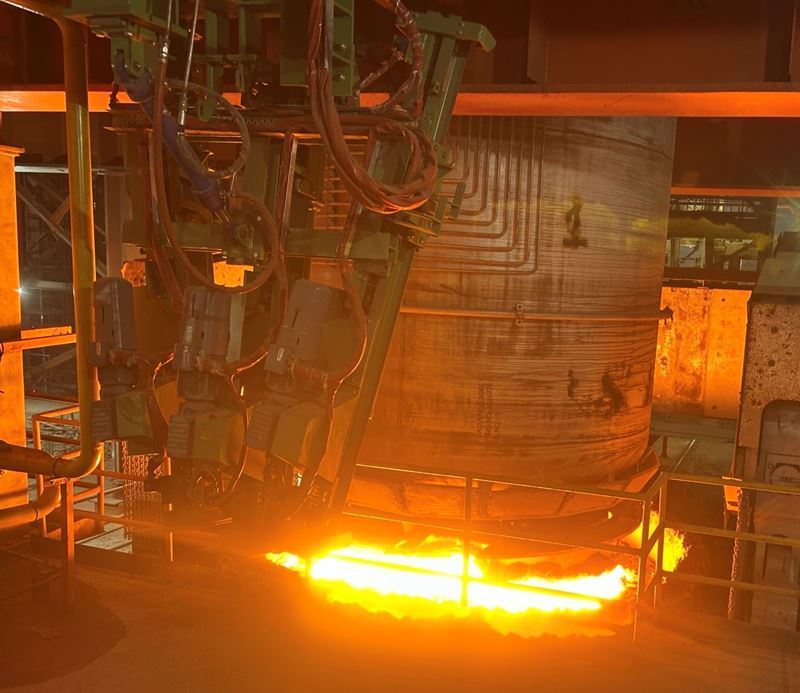
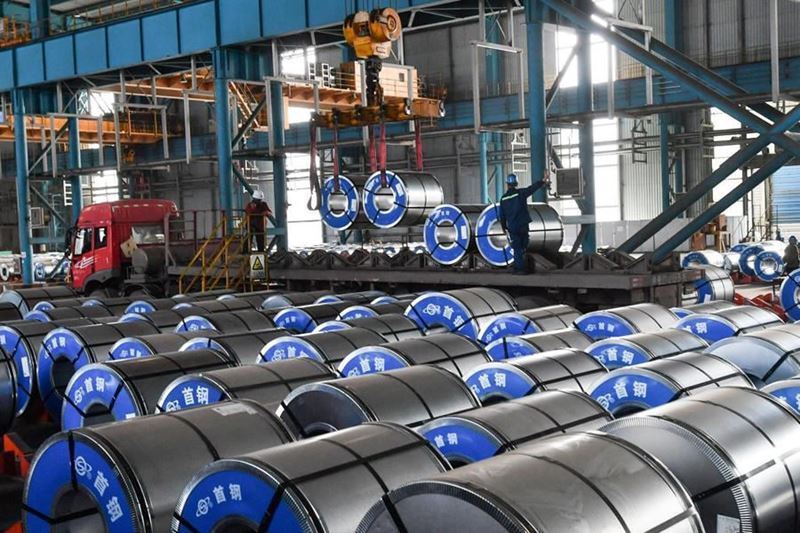
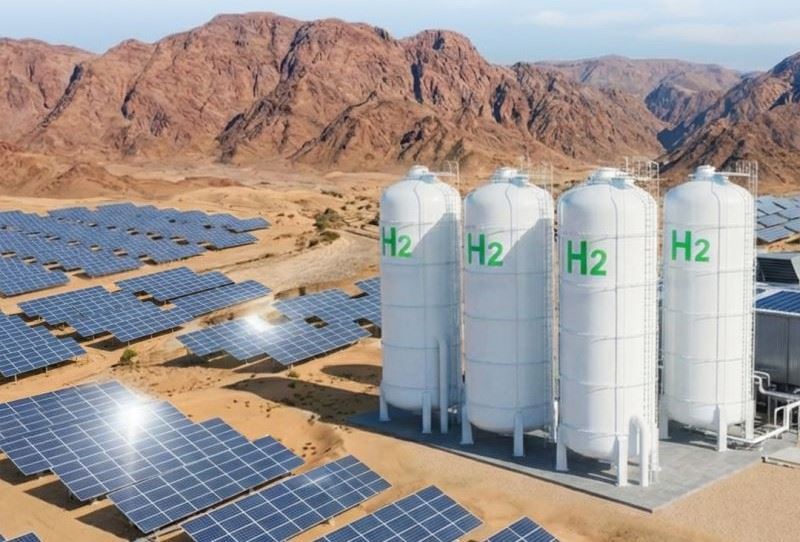
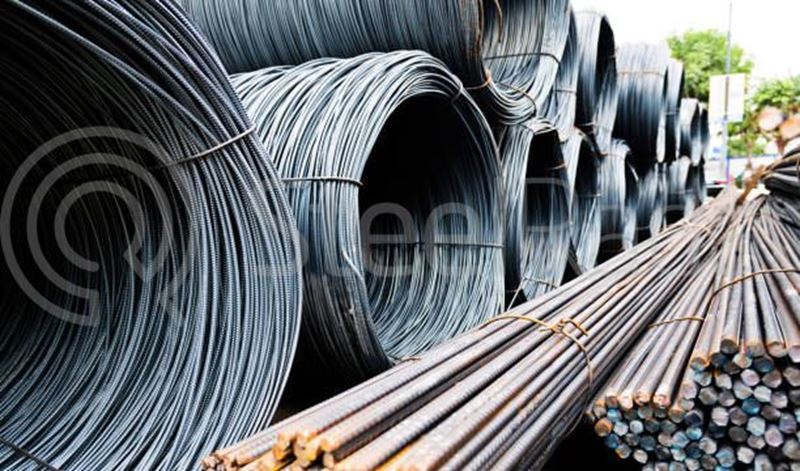

Comments
No comment yet.